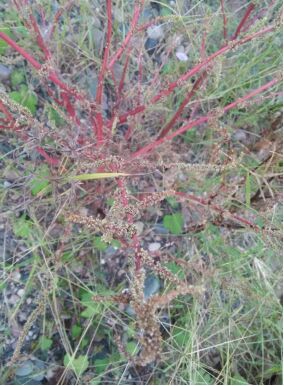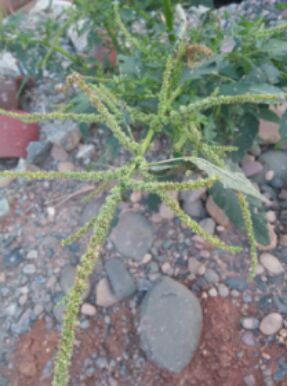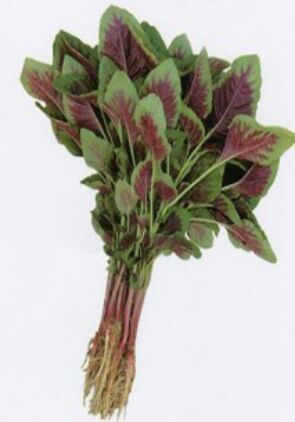Both the spiny and edible amaranths (Amaranthus spinosus L. and Amaranthus tricolor L.) are alien annual herbs. Spiny amaranth has developed into an invasive species in Xishuangbanna while edible amaranth has not. A comparative study of the spiny and edible amaranths will help to increase our knowledge of plant invasiveness.
Prof. WEN Bin and his student of Xishuangbanna Tropical Botanical Garden (XTBG) investigated the germination requirements and seed germination of the two congeneric species, spiny and edible amaranths, under high-temperature and water stress.
They aimed to understand the noxious and invasive characteristics of spiny amaranth, and the contribution of seed germination (an important development phase which plays a critical role in seedling establishment and overall environmental adaptation) to biological invasiveness.
Seeds of both species germinated across a wide temperature range, from 10°C to 40°C, with their maximum germination occurring at 35°C. They exhibited strong tolerance to extreme high temperature of 70°C in air-dried seeds, and to continuous and daily periodic heat treatment at 45°C.
The invasive spiny amaranths demonstrated higher tolerance to continuous and daily periodic high temperature and to imbibition-desiccation treatment than did the seeds of the non-invasive edible amaranth.
The non-invasive edible amaranth seeds germinated across wider temperature ranges and water conditions than spiny amaranth seeds.
The seed traits of higher and more rapid germination across a wide range of environments have been successfully associated with plant invasiveness in many invasive species, but they led to futile germination (i.e. death of germinated seeds soon after germination) in edible amaranth seeds in Xishuangbanna
The study entitled “Seed germination in relation to the invasiveness in spiny amaranth and edible amaranth in Xishuangbanna, SW China” has been published in PLoS ONE.
Contact
WEN Bin Ph.D
Center for Integrative Conservation, Xishuangbanna Tropical Botanical Garden, Chinese Academy of Sciences, Menglun, Mengla, Yunnan 666303, China
E-mail: wenb@xtbg.org.cn


Red and green spiny amaranths (Images by YE Juan)


Red and green edible amaranths (Images by YE Juan)




